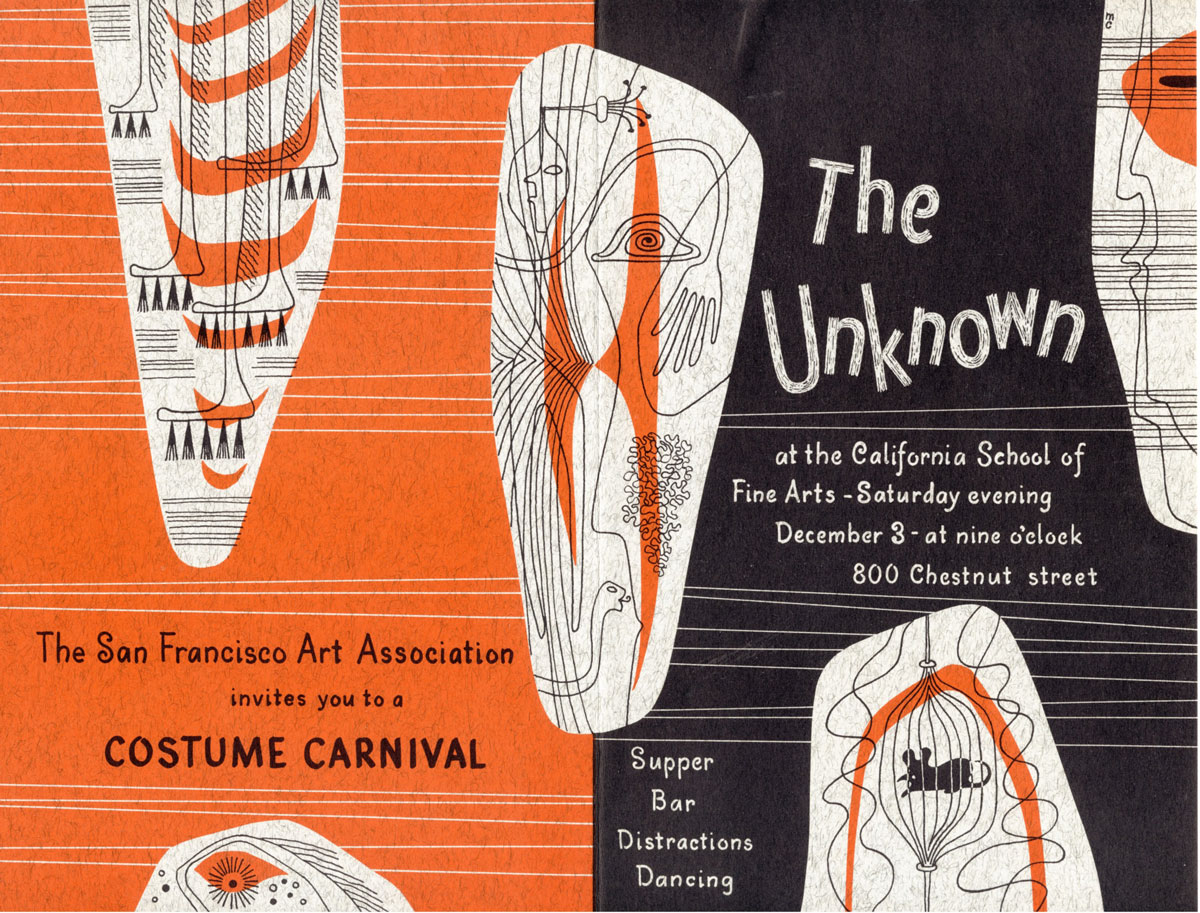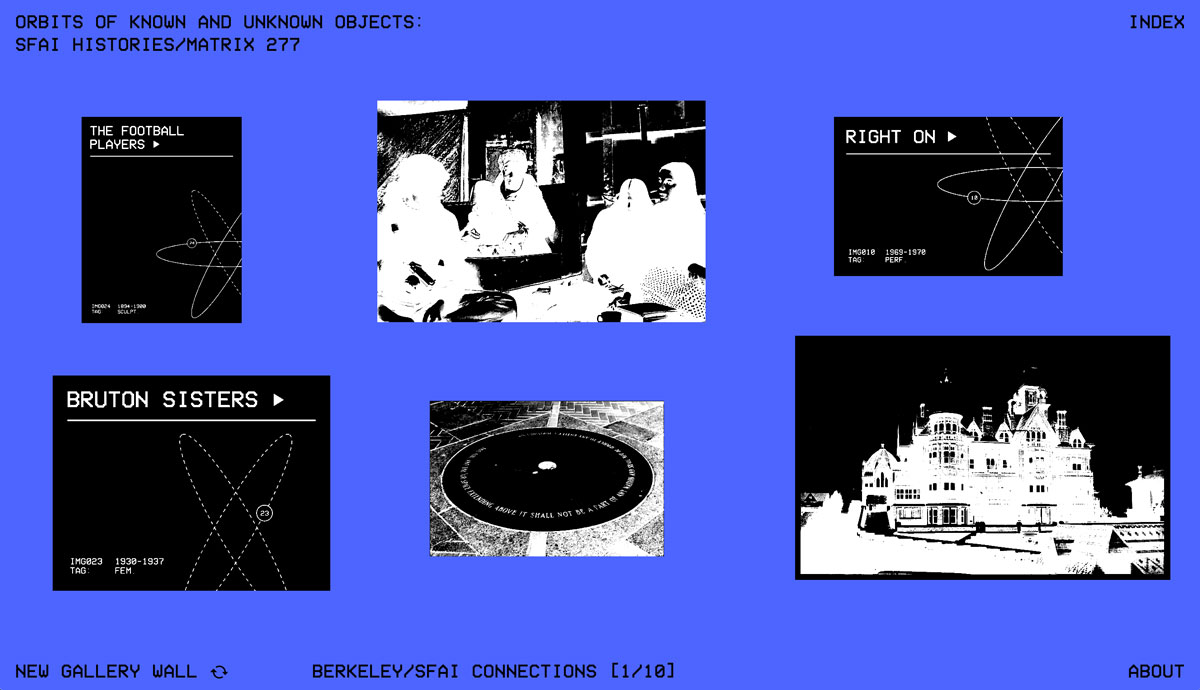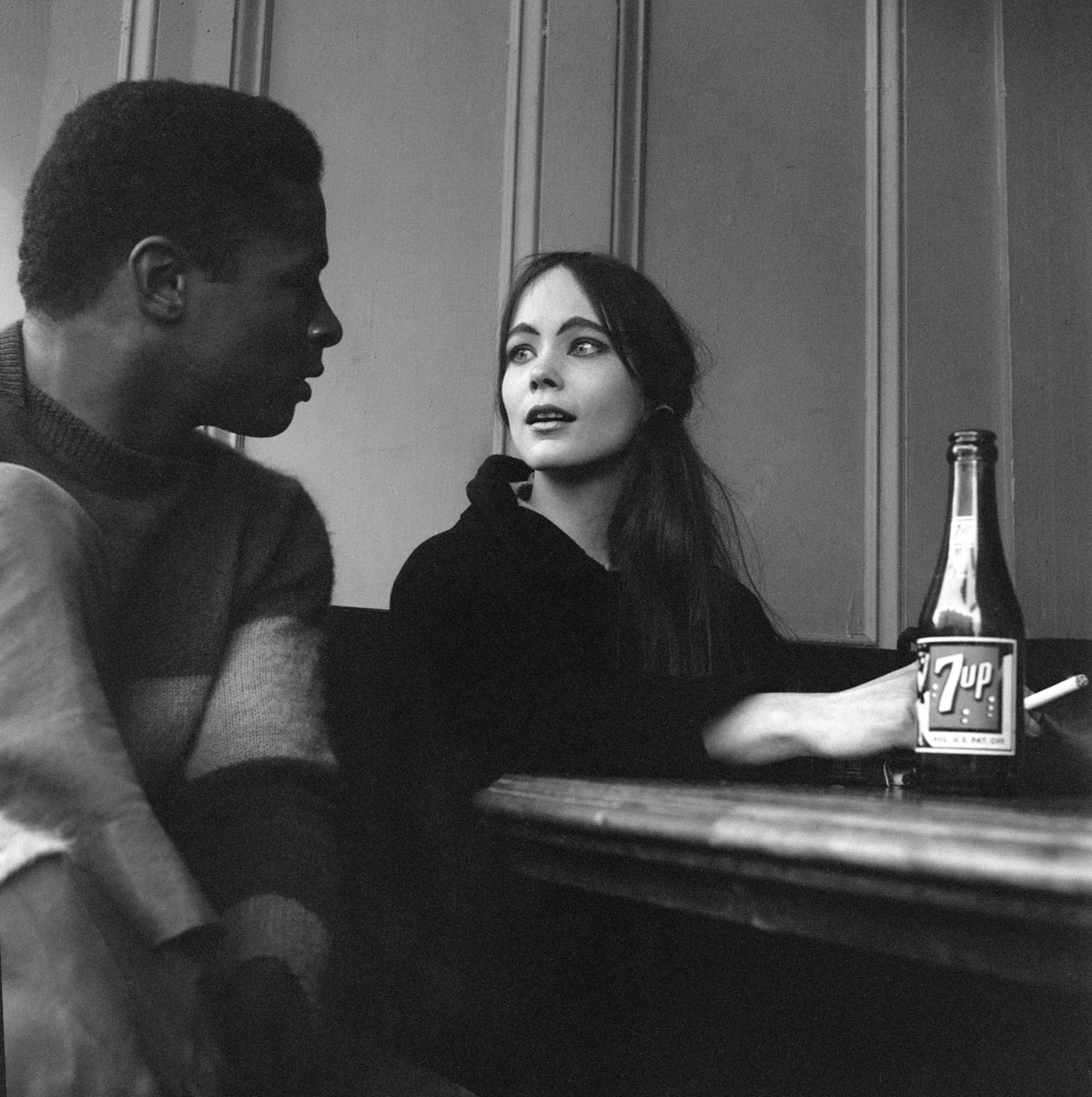Throughout its 42 years of existence as a showcase for contemporary and experimental art, the Berkeley Art Museum and Pacific Film Archive’s MATRIX series has regularly shapeshifted beyond white-wall gallery exhibitions. In 1994, MATRIX 161 included six Berkeley billboards of Felix Gonzales-Torres’ work. In 2015, the collaborative Will Brown opted for an outdoor installation, a piece of theater written by Kevin Killian and an artist book in UC Berkeley’s Morrison Library. A year later, Otobong Nkanga’s MATRIX 260 was a pair of performances, one inside the Tropical House in the UC Botanical Garden.
And now, for the first time, a MATRIX show takes the form of a website. It’s a format befitting this pandemic’s era of virtual experiences—one in which BAMPFA has no firm reopening date, especially now that rising coronavirus numbers have pushed Alameda County back into the “purple” tier.
Also different: The “artist” for MATRIX 277 is actually an institution—the imperiled San Francisco Art Institute, which turns 150 next year. MATRIX 277 began as a book project under the direction of SFAI librarians and archivists Becky Alexander and Jeff Gunderson and artist Nina Zurier. But with publication up in the air—along with much of SFAI’s future plans—BAMPFA curator Apsara DiQuinzio reached out to the team to transition the project into an online exhibition.

Formally titled Orbits of Known and Unknown Objects: SFAI Histories / MATRIX 277, the show borrows its name from a 1949 exhibition organized at SFAI by faculty member Clay Spohn during a costume party called The Unknown. Spohn’s room of junk—one of the party’s “distractions”—is credited with kicking off California’s Dada/Funk/assemblage sculpture movement, genres that took the Bay Area by storm in the 1950s.




